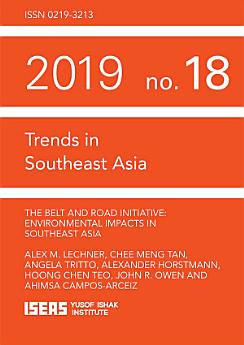The Belt and Road Initiative: Environmental Impacts in Southeast Asia
About this ebook
There is escalating concern over BRI’s potential environmental impacts in Southeast Asia, a global biodiversity hotspot and a focus area of BRI development.
Case studies of Indonesia, Myanmar, Lao PDR and Malaysia show that the success of BRI in bringing about sustainable growth and opportunities depends on the Chinese government and financiers, as well as the agencies and governments involved when BRI investments take place.
The adoption of best environmental practices is critical in ensuring that growth is sustainable and that bad environmental practices are not locked in for decades to come.
About the author
Alex M. Lechner is with the School of Environmental and Geographical Sciences, University of Nottingham Malaysia, Semenyih, Malaysia.
Chee Meng Tan is with the School of Business, University of Nottingham Malaysia, Semenyih, Malaysia.
Angela Tritto is with the Institute of Emerging Market Studies, the Hong Kong University of Science and Technology, Hong Kong SAR, China
Alexander Horstmann is with the School of Humanities, Tallinn University, Estonia.
Hoong Chen Teo is with the School of Environmental and Geographical Sciences, University of Nottingham Malaysia, Semenyih, Malaysia.
John R. Owen is with the Centre for Social Responsibility in Mining, University of Queensland, Brisbane, Australia.
Ahimsa Campos-Arceiz is with the School of Environmental and Geographical Sciences, University of Nottingham Malaysia, Semenyih, Malaysia.




